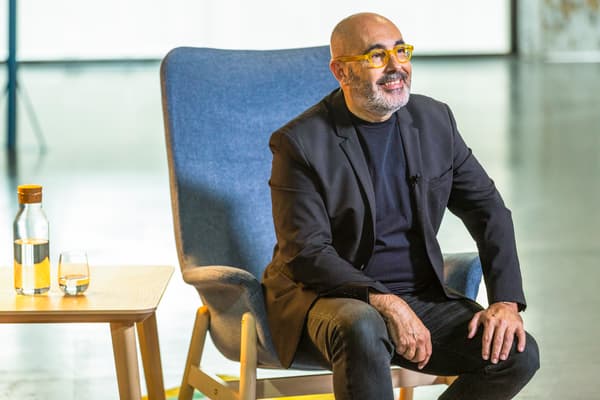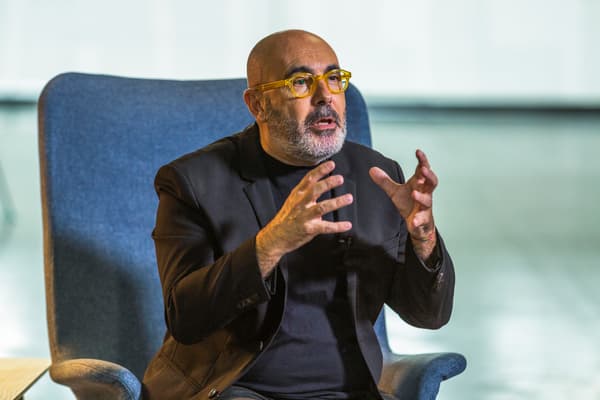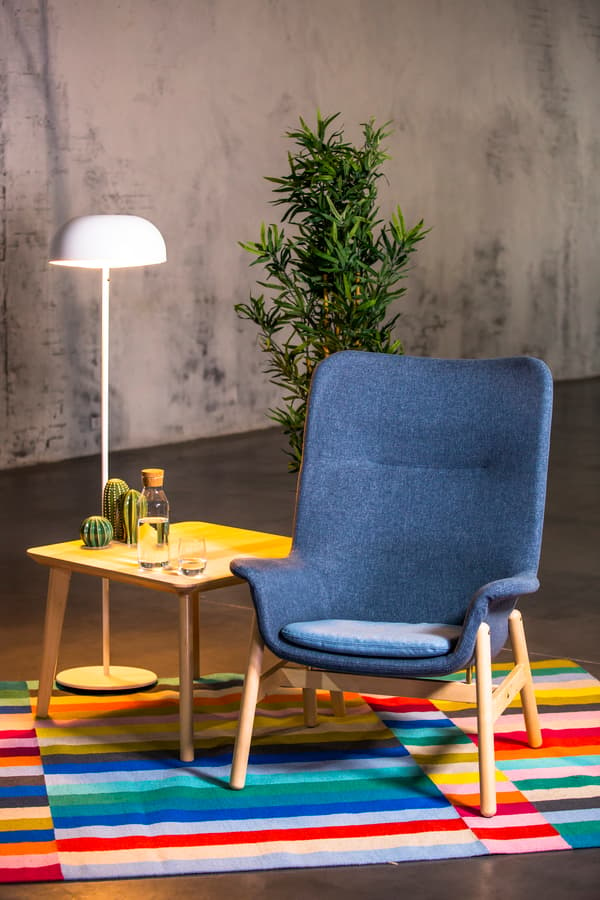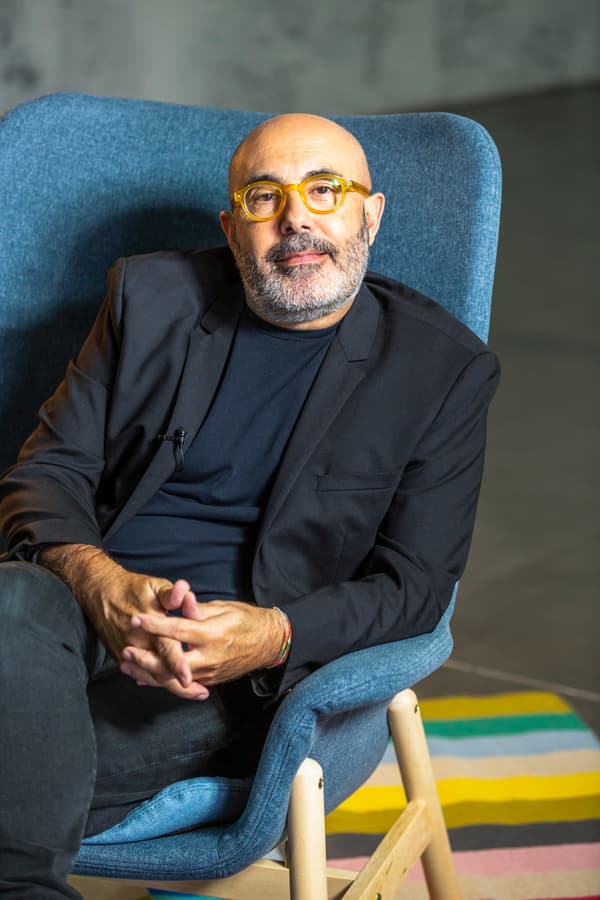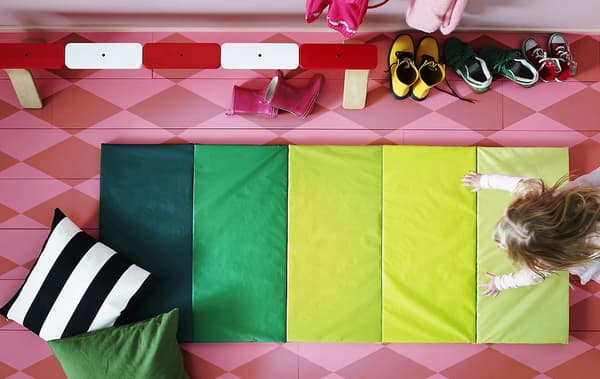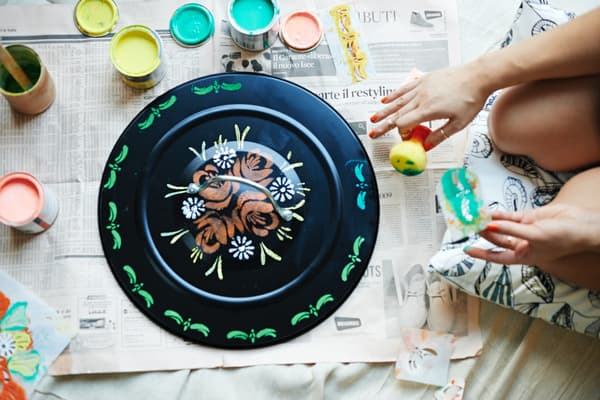How to develop children’s creativity at home
Developing creativity has multiple benefits for children in their day to day. It helps them to solve everyday problems; to relate more to their environment and reality; and to be resilient to successfully navigate complex situations. Finally, it also enhances their ability to relate to people, their family, their friends and other children. Do you want to learn some tips and techniques to encourage creativity at home? Keep reading!
At IKEA, we believe that everyone deserves to have access to a secure, authentic and living home and, as such, one of our initiatives is “Formando hogar”, a programme involving different experts aimed at increasing visibility, raising awareness and helping every home be a refuge of emotional well-being. To speak about creativity and how we can help our children develop theirs at home, we have Fernando Botella, expert in creativity, talent and innovation, teaching enthusiast and coach.
We hope you find it useful!

Techniques to develop creativity
Fernando Botella is one of our country’s most knowledgeable people when it comes to creativity. Holding a degree in biological sciences, he currently works as a coach for leading Spanish executives and businesses, and has a consultancy specialising in talent development, innovation and organisational transformation. Alongside his work, he teaches programmes in public institutions and private entities, helping to develop the creative potential of their teams. He is also a lecturer and author of several books, the latest being “¿Cómo entrenar la mente?” (“How to train the mind’’) (Alienta Editorial, 2020).
Before compiling the tips that Botella has given us to help us encourage children’s creativity at home, we wanted his help to better understand what creativity is.
Our expert says that we are all creative because it is a human ability – we were born “with that gift’’, or with the capacity that our brain has to generate alternatives in different situations.
In the words of Fernando Botella, “creative ability is acquired over time, it can be switched off or sped up, at home and with the education we receive”. So then, we can see that creativity is a process that is learnt and trained.
Creativity is the ability to gather things from different places, mix them together and create something new. It’s important that children are able to do this.”
Fernando Botella
Here are some tips that we’re sure will help you encourage your children’s creativity at home:
- Help them develop their creativity through questions. This way, in our day to day, we can help our children ask questions, so that they see reality in an unfamiliar way, in a different way. Questions spark creativity. As well as asking questions, we must also listen to their answers. It’s important that they feel heard and that their questions lead to familiar dialogue, with the discussions and new questions that may arise in that conversation. It’s a way of learning, at home and in a family environment, about the everyday and life in general.
- Creativity lives in the everyday. All everyday topics allow us to be creative, they give us the opportunity to think in another way, to resolve day-to-day conflicts in a different (“unfamiliar’’, in Botella’s words) way, to be more empathetic and to develop introspection, which is the human ability to get to know oneself better.
- Creativity comes from doing. Ideas come from creating prototypes. With a piece of paper and some paints they can create what they can go on to build later, i.e. they can give shape to their ideas. Creativity relates to the ability to encourage experimentation, and experiments don’t have to be perfect, because human beings are imperfect. We must help them, using that imperfection, to understand how to learn from their mistakes. It’s also very important that we don’t punish mistakes in an idea or creation because, if we do, our children will think that they shouldn’t do anything. It’s a type of attack on their self-esteem and it can affect their desire to want to continue learning. We shouldn’t say things like “You don’t know about this’’ or “You can talk about that when you’re older’’ – they are messages that ruin their desire to do things and, therefore, break their creativity.
- Doing nothing also helps develop creativity. It’s important that children do extracurricular activities, but it’s also necessary for them to have free time, time to get bored and get out of their routine. When they have that free time to “do nothing’’, that’s when they think freely and let their imagination run wild. In these moments, ideally you’ll be able to play with them, accompany them and listen to them, meaning that they know they have your support and motivation in their ideas and creations.
- Creativity forms a home. Creativity helps form a team and encourages diversity, it helps them to socialise, and it makes children relate more to their environment.
- Creativity can be developed at any age. It can be encouraged at any age by training the brain, but it is activated more easily during childhood and can help children a lot in their day to day, allowing them to solve everyday problems in a simpler way.
- Technology is a tool, but not always. Children mustn’t overuse it, because it traps their minds and prevents them from being creative.
- Take care with perfectionism. We must seek excellence, but demanding perfection from our children is a kind of wall that prevents them from doing things.
- For children to develop their creativity, parents must spend time with them. The importance of spending time on what matters to us.
Creativity isn’t a toy, it isn’t physical, it’s in the mind. Your children’s ideas are creative processes.”
Fernando Botella
